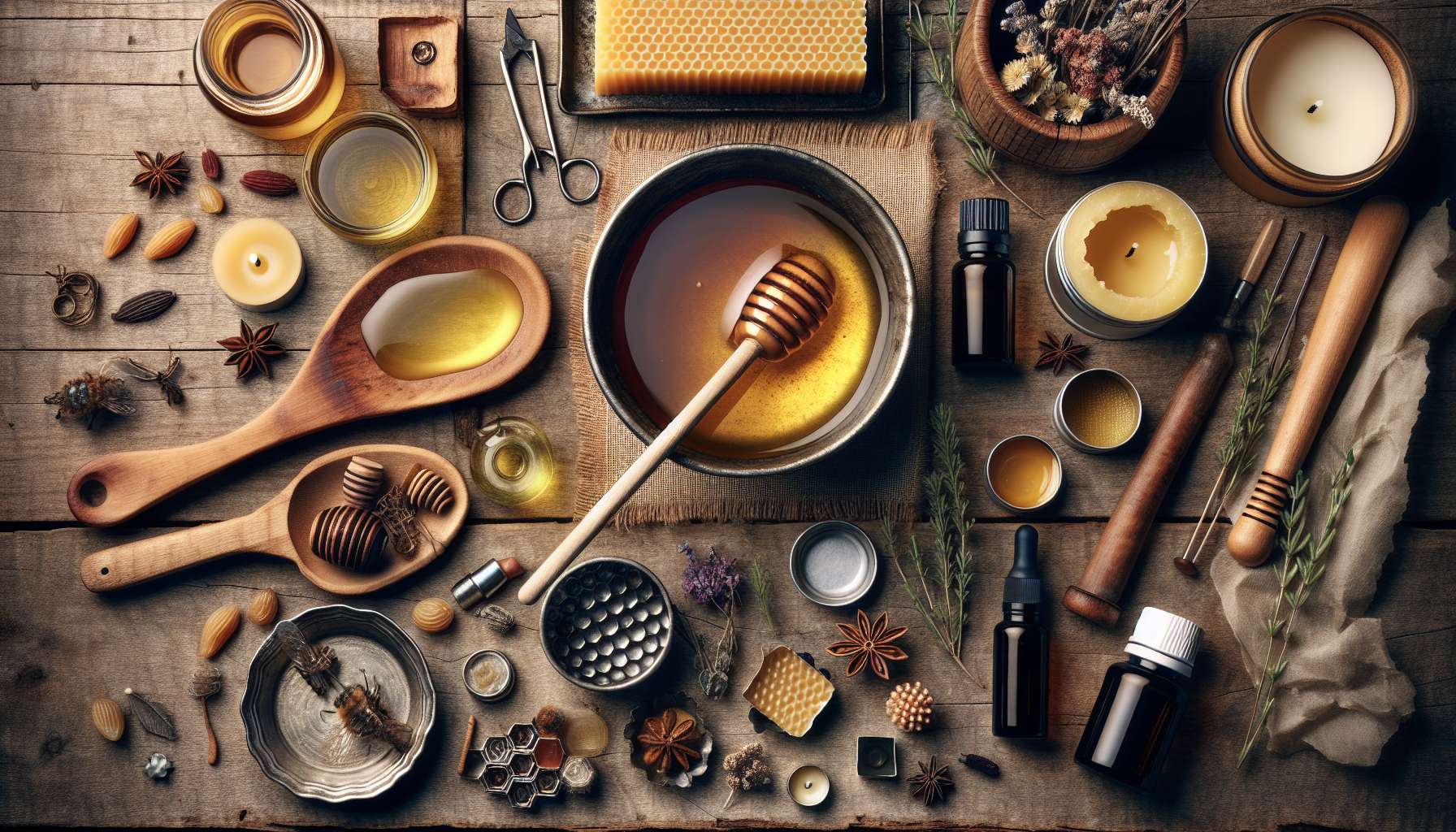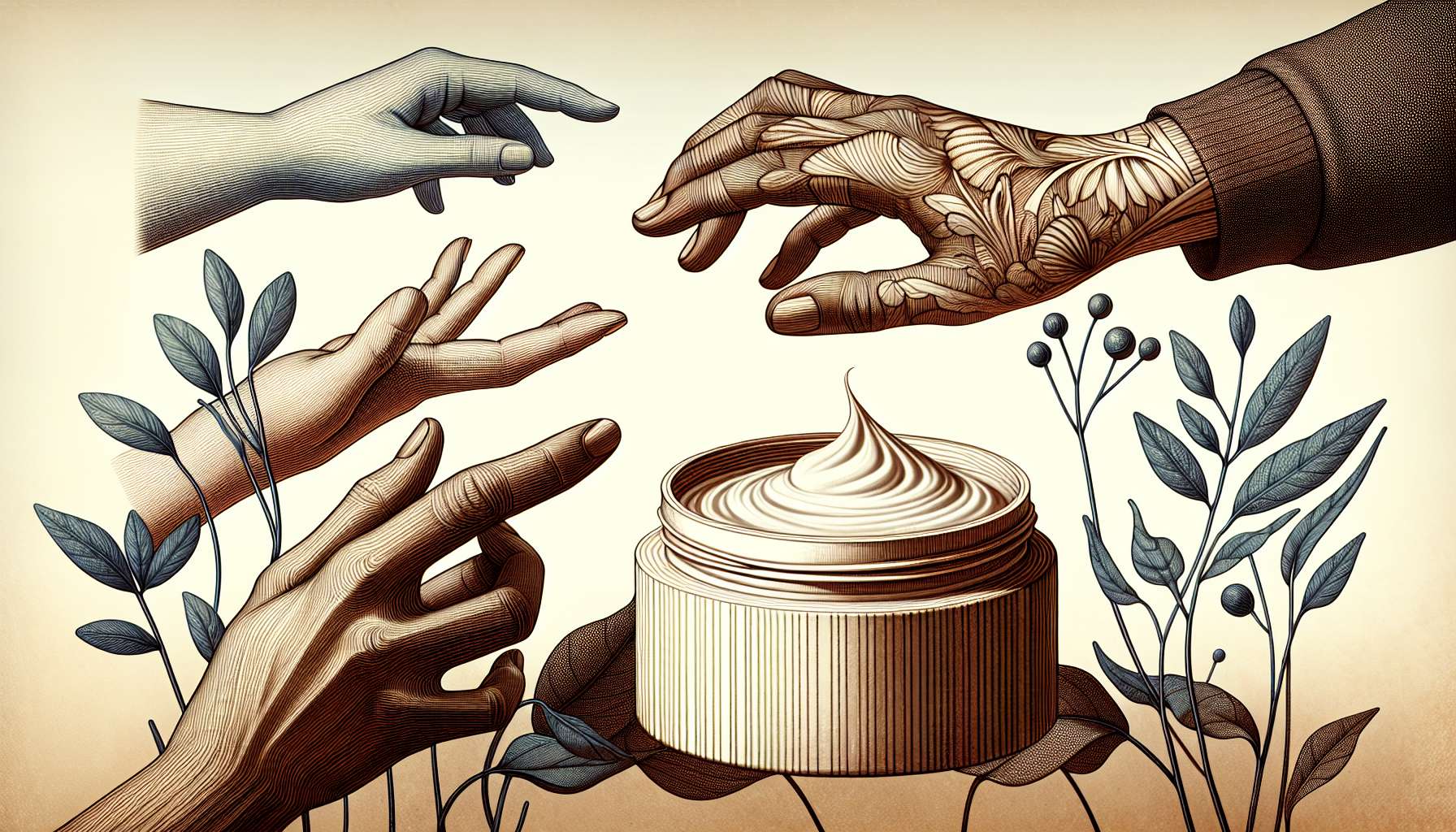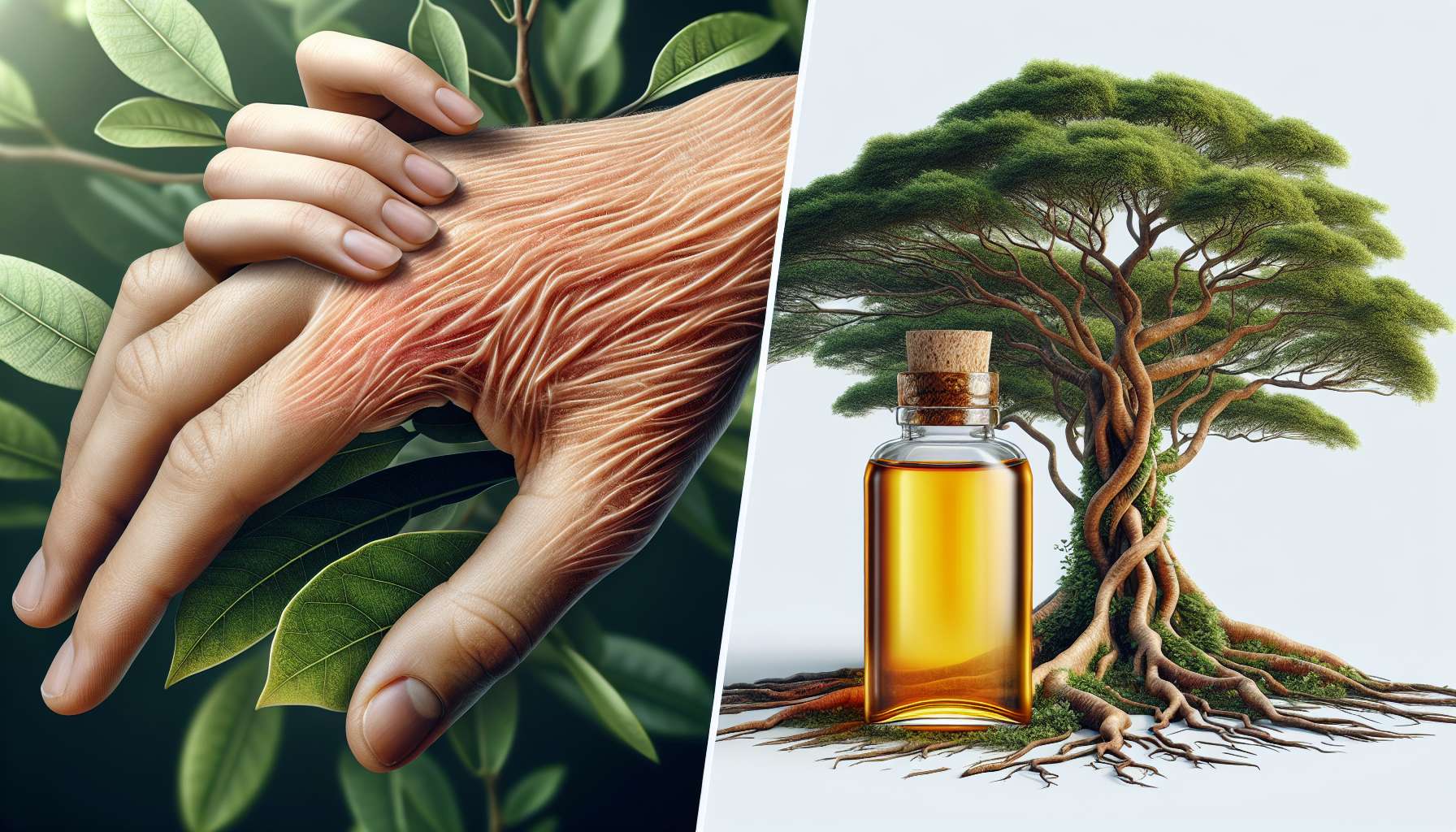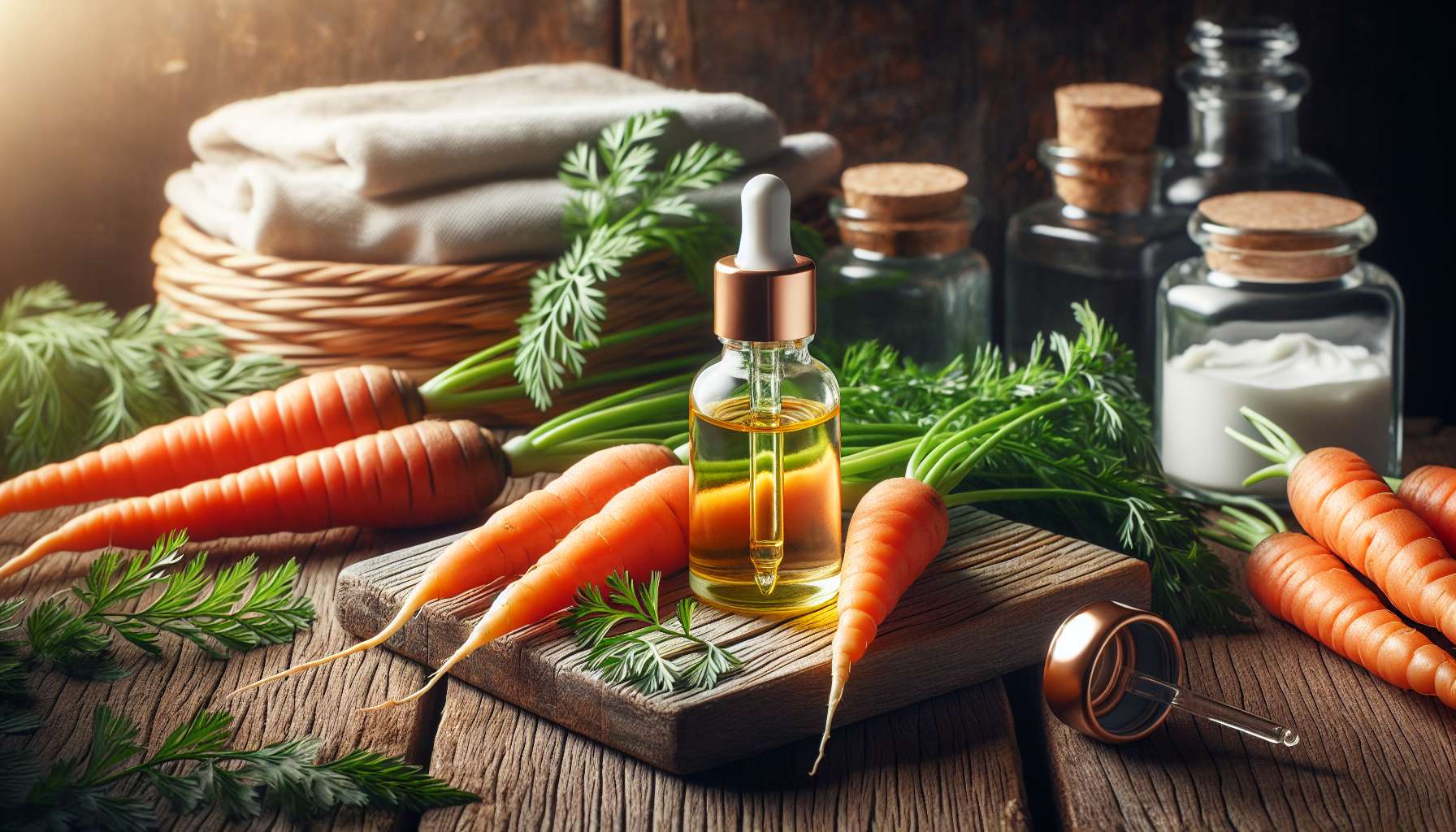DIY Solid Perfume: A Comprehensive Guide to Creating Your Signature Scent
Welcome to the fascinating world of DIY solid perfume! Have you ever wanted to craft your own unique fragrance that embodies your personality and style? If so, you’re in the right place. In this comprehensive guide, we’ll explore everything you need to know about making your own solid perfume at home. From understanding the basic ingredients to mastering the art of blending scents, we’ll take you on a journey through the wonderful and creative realm of DIY solid perfume.
The History of Solid Perfume
Before we delve into the nitty-gritty of creating your own solid perfume, let’s take a moment to appreciate the rich history of this art form. Solid perfume has been around for centuries, with ancient civilizations like the Egyptians and Greeks using scented balms and ointments for both cosmetic and therapeutic purposes. The art of perfumery has evolved over time, with solid perfumes becoming a popular choice for those seeking a convenient and long-lasting fragrance option.
Today, DIY solid perfume has gained popularity among crafters, beauty enthusiasts, and eco-conscious individuals looking to reduce their carbon footprint. By making your own solid perfume, you not only have full control over the ingredients you use but also get to create a one-of-a-kind scent that is uniquely yours.
The Basics of DIY Solid Perfume
Creating your own solid perfume may seem daunting at first, but with the right guidance and a bit of experimentation, you’ll soon be on your way to crafting the perfect scent. The key to making a successful solid perfume lies in understanding the basic components that make up a fragrance:
1. Base Ingredients
The base ingredients of a solid perfume typically include a mixture of waxes, oils, and butters that provide a solid foundation for the fragrance. Common base ingredients used in solid perfumes include beeswax, shea butter, and coconut oil. These ingredients help to solidify the perfume and ensure that it holds its shape when applied to the skin.
2. Essential Oils
Essential oils are the heart and soul of any fragrance, providing the scent profile and aromatic notes that make a perfume unique. When creating your own solid perfume, you have the freedom to choose from a wide range of essential oils, each with its own distinct aroma and therapeutic properties. From floral and citrusy scents to woody and spicy notes, the possibilities are endless when it comes to blending essential oils.
3. Fixatives
Fixatives are ingredients that help to prolong the longevity of a fragrance, allowing the scent to linger on the skin for hours on end. Common fixatives used in solid perfumes include benzoin resin, frankincense, and vanilla extract. By incorporating fixatives into your perfume blend, you can ensure that your signature scent stays fresh and vibrant throughout the day.
4. Containers
Once you’ve crafted your solid perfume, you’ll need a suitable container to store and carry it with you on the go. Small tins, jars, or locket-style pendants are popular choices for housing solid perfumes, allowing for easy application and portability. You can get creative with your container choices, opting for sleek and stylish designs that reflect your personal taste.
The Art of Blending Scents
Now that you have a good understanding of the basic ingredients used in solid perfumes, it’s time to explore the art of blending scents. Creating a harmonious and balanced fragrance requires a keen sense of smell, an eye for detail, and a willingness to experiment with different combinations of essential oils.
When blending scents for your solid perfume, consider the following factors:
1. Scent Families
Essential oils are often categorized into different scent families based on their aroma profiles. Common scent families include floral, citrus, woody, and oriental. By selecting essential oils from complementary scent families, you can create a well-rounded and cohesive fragrance that appeals to your senses.
2. Top, Middle, and Base Notes
Understanding the concept of top, middle, and base notes is essential for creating a complex and layered fragrance. Top notes are the first scents you detect when applying a perfume, followed by middle notes that form the heart of the fragrance, and base notes that linger on the skin long after the perfume has dried down. By incorporating a blend of top, middle, and base notes, you can create a dynamic and long-lasting scent experience.
3. Experimentation
Don’t be afraid to step outside your comfort zone and experiment with unconventional scent combinations. The beauty of DIY solid perfume lies in the freedom to express your creativity and individuality through scent. Take inspiration from nature, art, or even your favorite memories to craft a perfume that resonates with you on a personal level.
Expert Opinions
To gain further insight into the world of DIY solid perfume, we reached out to fragrance experts for their top tips and advice on creating your own signature scent. According to renowned perfumer, Sarah McCartney:
“When it comes to making your own solid perfume, the key is to start with high-quality ingredients and trust your nose. Experiment with different scent combinations, take notes on what works and what doesn’t, and most importantly, have fun with the process!”
By following Sarah’s expert advice and embracing your creativity, you can embark on a rewarding journey of self-expression and discovery through DIY solid perfume.
Common Misconceptions
Despite the growing popularity of DIY solid perfume, there are still some common misconceptions that can deter people from trying their hand at creating their own fragrance. Let’s debunk a few of these myths:
1. You Need Expensive Equipment
Contrary to popular belief, you don’t need fancy equipment or a fully equipped lab to make solid perfume at home. With just a few simple tools and ingredients, you can create a beautiful and aromatic fragrance that rivals commercial perfumes in quality and scent.
2. It’s Too Complicated
While perfumery may seem like a complex and intimidating art, making your own solid perfume can be a fun and rewarding experience. By starting with a basic recipe and gradually experimenting with different essential oils, you can hone your skills and develop your own unique fragrance blends over time.
FAQs
1. Can I use synthetic fragrances in my DIY solid perfume?
While natural essential oils are preferred for creating DIY solid perfumes, you can also experiment with synthetic fragrances if desired. Just be sure to test the compatibility of synthetic fragrances with your base ingredients before finalizing your perfume blend.
2. How long does DIY solid perfume last on the skin?
The longevity of a solid perfume depends on the quality of the ingredients used, the concentration of essential oils, and individual skin chemistry. On average, DIY solid perfumes can last anywhere from 4 to 8 hours on the skin, with some formulations lasting even longer.
To Wrap Things Up
In conclusion, DIY solid perfume offers a unique and rewarding way to create your own signature scent that reflects your personality and style. By understanding the basic ingredients, mastering the art of blending scents, and embracing your creativity, you can craft a beautiful and aromatic fragrance that is truly one-of-a-kind. Whether you’re a seasoned perfumer or a novice crafter, DIY solid perfume invites you to explore the world of scent in a fun and creative way. So, why not embark on this olfactory journey and unleash your inner perfumer today?




